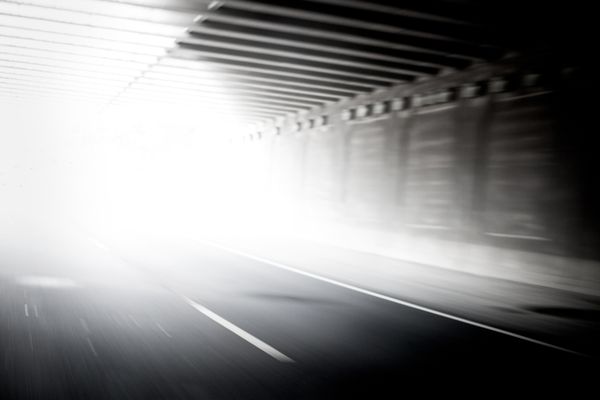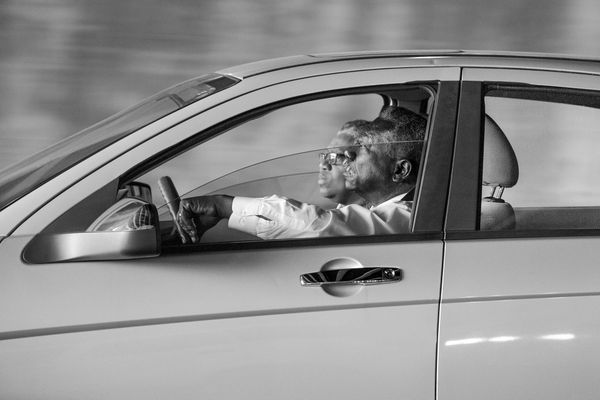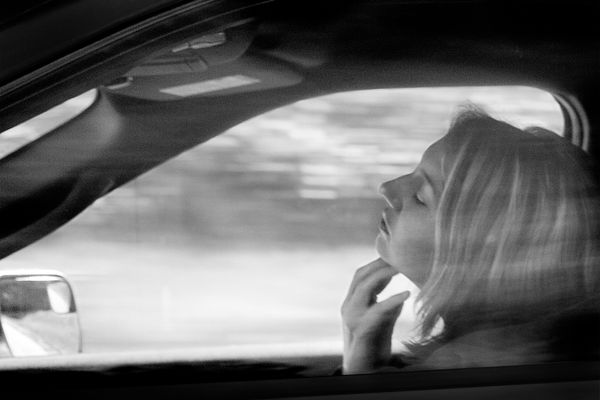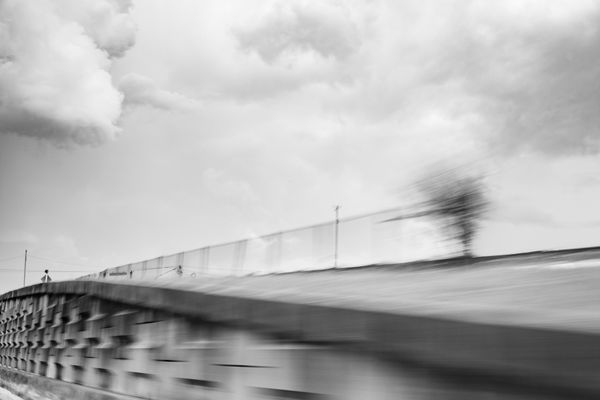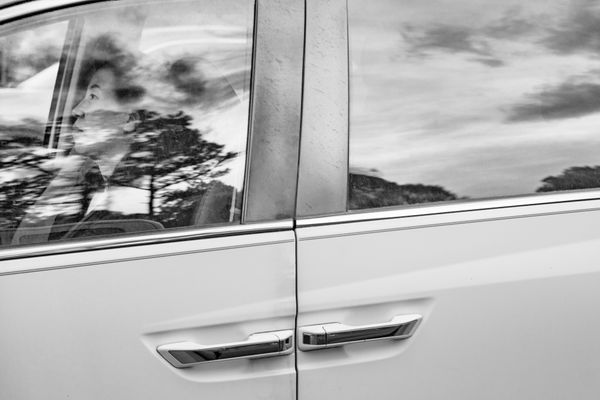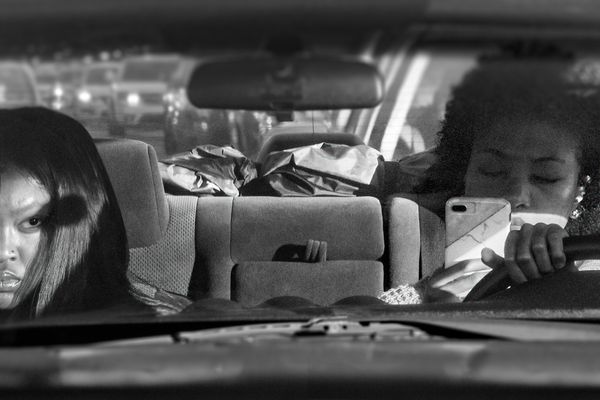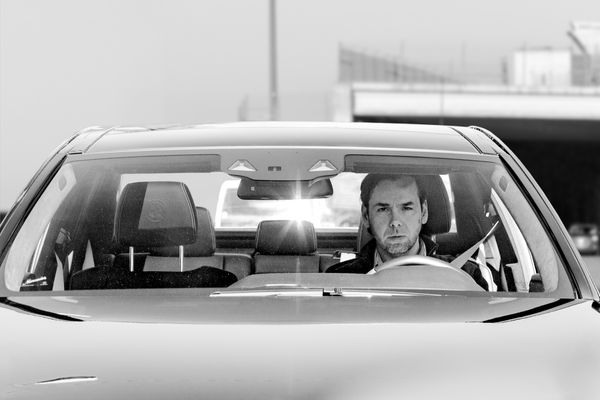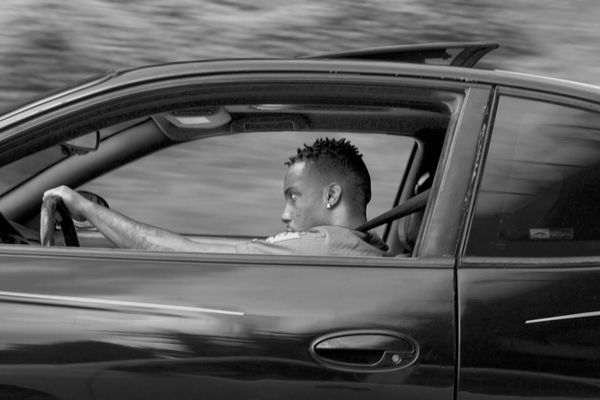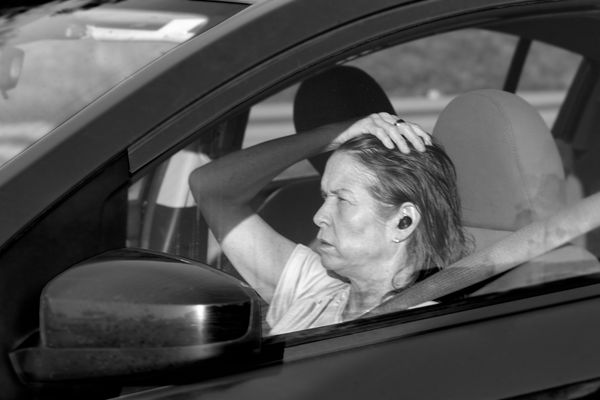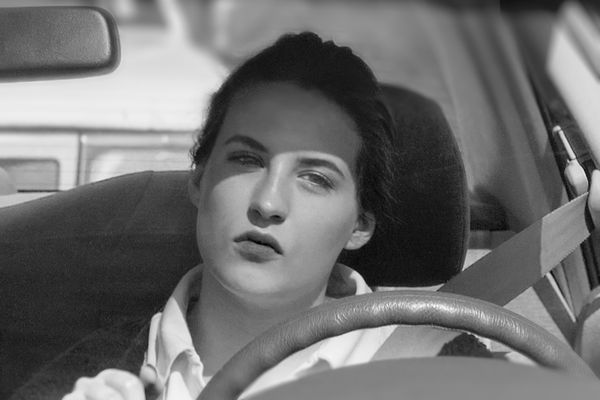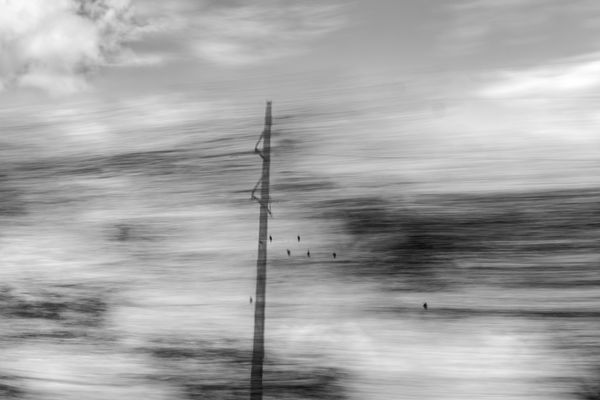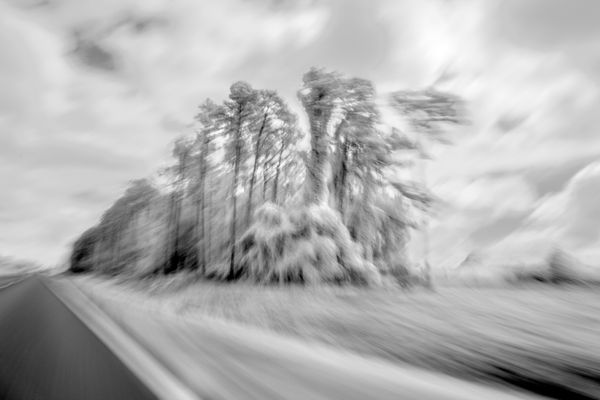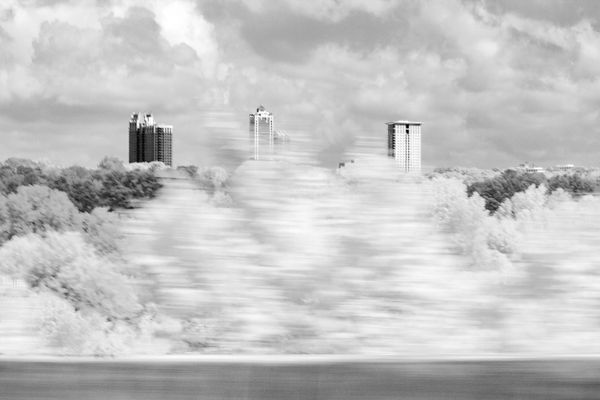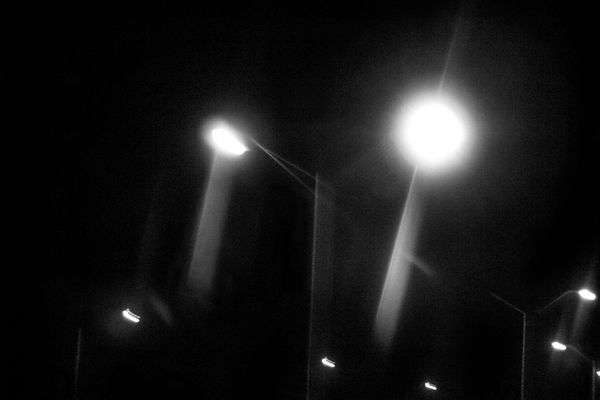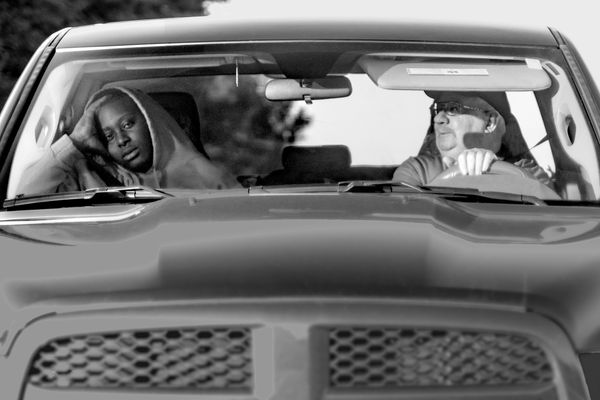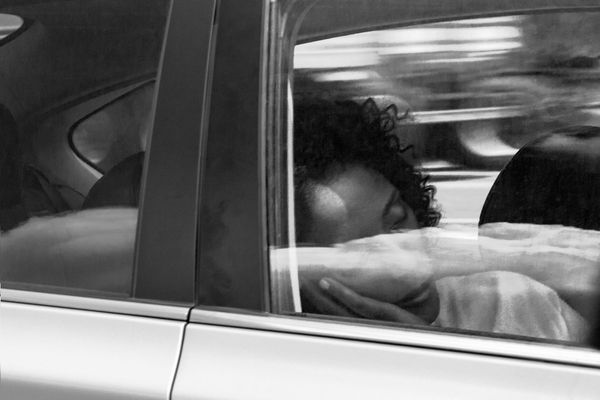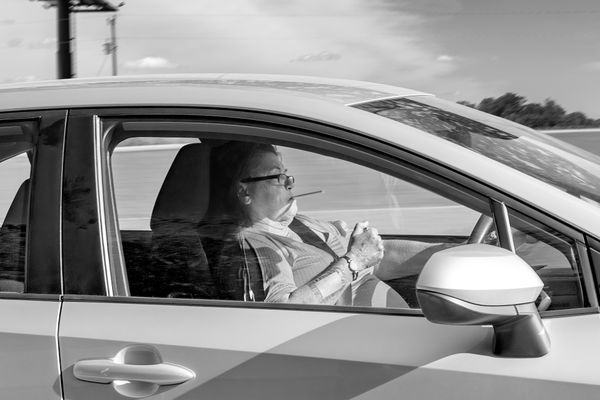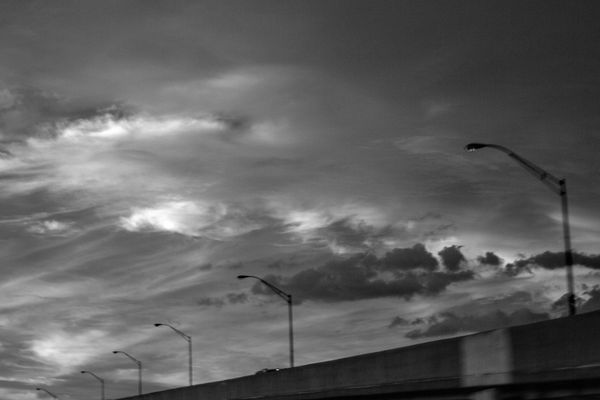The Seventh Bardo
-
Dates2014 - Ongoing
-
Author
In Tibetan, the term ‘Bardo’ literally means “between two” and is translated as the place in between two states of existence; a kind of gap between one way of being that has passed but where the next has not yet begun. Although most often used to refer to the state between death and rebirth, there are actually six Bardo states; others being dreams, meditation and life itself. I find a long journey on the interstate to be a kind of bardo. On the interstate, you are leaving where you have come from but haven’t yet reached where you are going. Space and time merge and become indistinguishable. Nondescript features in the landscape repeat themselves endlessly, further supporting the feeling that you have arrived at an infinitely liminal space; a place that is nowhere. In such a place, we can drop out of the stories of our lives and lose ourselves in contemplation and introspection. If we choose to disconnect from our usual distractions, we create a space to just be. At times, the isolation is troubling, and we feel the urge to reconnect with other human beings, peering into each passing car, and, inevitably, finding them returning our gaze.
As a driver and an inhabitant of this bardo, I create landscapes of these non-places as well as portraits of my fellow travelers. The landscapes set the mood, creates the psychological space for the portraits, and provides the context for them. I am drawn to the portraits that speak to the experience of being outside of time and place, images of people who experience the interstate journey as I do, images of people that share my conflicting need for isolation and connection.
